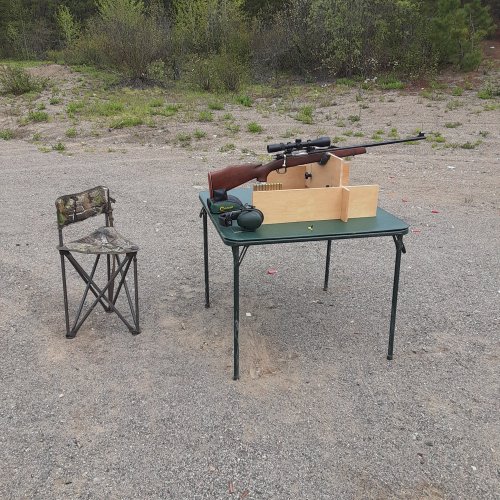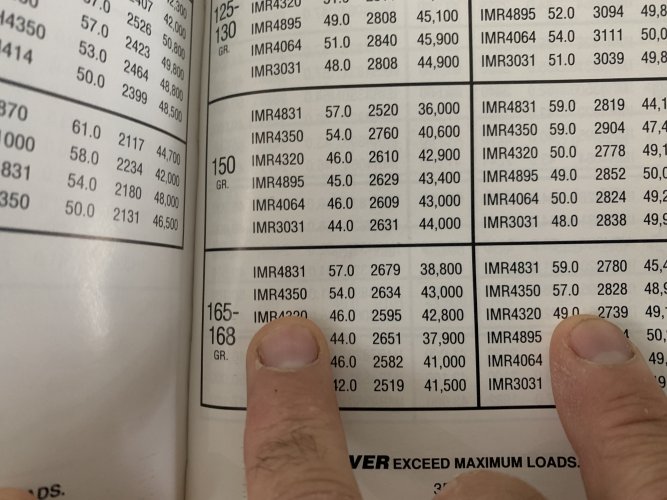OntarioHunter
Well-known member
- Joined
- Sep 11, 2020
- Messages
- 5,997
I have finally finished all the upgrades to the 30-06 WWII Springfield my dad built for me back in 1962. Receiver/barrel/trigger guard came back from the bluing shop on Tuesday and I've been trying to get it zeroed at the range. Had a few issues with bedding that needed to be ironed out. I recently bought a new pair of aftermarket trigger guard/action anchor screws (GIs chewed up the slots in original screws) and the rear one was too long. The hole is drilled all the way through the trough for trigger sear on bolt's striker rod. However, it was NOT tapped all the way through ... for obvious reasons. A too long screw would go into the trough and prevent the bolt from cycling. Anyway, I didn't get the screw shortened enough and groups were erratic because the screw bottomed out without securing the back of action. Fixed that yesterday and went back to the range. Better but not good enough. 2.5" group at 100 yards with 165 gr BTSP Hornady bullets powered by 55 grains of IMR 4350. Only a light breeze from my back and a good solid setup. I have quite a pile of casings to pick from. Decided to switch off Federal brass and loaded several Winchester cases with 56 grains and some with 57 grains. A couple shells in both loads went into Remington brass. At 100 yards this afternoon the first shot with 56 gr went wide left about three inches out of a dirty cold gun. Hmmm. Second shot was in the bull. What was that? Winchester brass. First one was RP brass. Loaded up five more Winchester brass loads and all in the bull. Last of the 56 gr bunch was in Remington case and it also went wide left and higher. Now the 57 gr bunch were up. Winchester cases grouped okay (but not as good as 56 gr). The two Remington brass 57 gr loads at the end went high about four inches and split about three inches. Ugh! It was cooler today with a better breeze from my back and I took a lot of walks downrange so the barrel stayed fairly cool. No mirage issues. Next load attempt will be 56.5 gr. I'll be digging up all the Winchester brass I can find.



Last edited:




